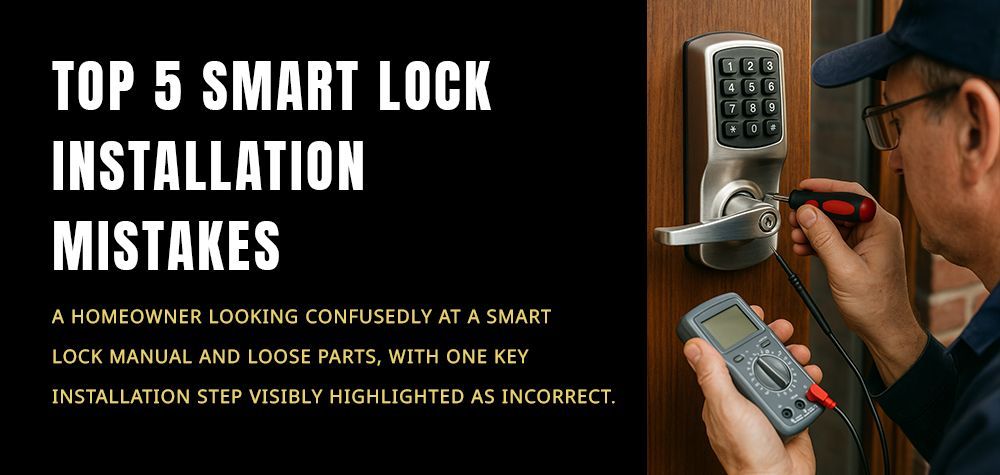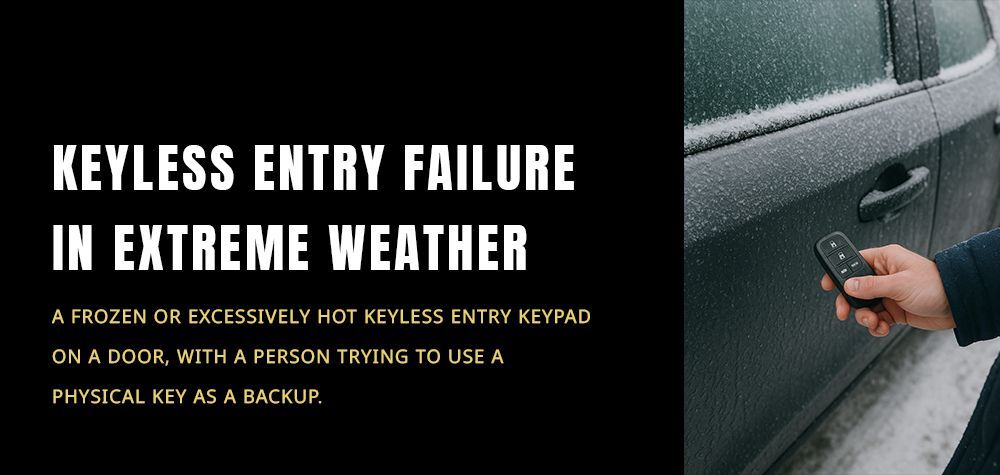Types of Safes: A Comprehensive Overview
In a world where security is a top priority, choosing the right safe is essential for protecting your valuables. Whether you're safeguarding personal documents, family heirlooms, or expensive equipment, the type of safe you choose will determine the level of protection. This guide provides a detailed look at the different types of safes available, helping you make an informed decision based on your specific needs.
1. Fireproof Safes
Primary Use: Fire protection for documents and digital media
Fireproof safes are specifically designed to protect items from extreme heat and fire. They are tested and rated to withstand high temperatures, typically up to 1700°F for a certain period, usually ranging from 30 minutes to 2 hours.
Key Features:
- UL Fire Ratings: Most fireproof safes are UL-rated, ensuring they meet the required safety standards.
- Protection Levels: Different models offer varying levels of protection for both paper and digital media (which requires a lower heat threshold).
- Drawbacks: While they excel in fire resistance, they may offer less protection against burglary.
Best For: Important documents, external hard drives, USBs, family heirlooms, legal papers.
2. Burglary Safes
Primary Use: Preventing unauthorized access and theft
Burglary safes are built with theft prevention in mind. These safes are constructed using reinforced steel and advanced locking mechanisms, such as anti-drill plates and re-locker systems that engage if the lock is tampered with.
Key Features:
- Heavy-Duty Steel Construction: Most models feature thick walls and doors made of steel, sometimes reinforced with other materials.
- UL TL-Rated Safes: Safes that have been tested and rated for burglary protection, offering resistance against tools and explosives.
- Advanced Locking Mechanisms: These safes often include multiple locking options like biometric locks or combination locks.
Best For: Cash, jewelry, high-value collectibles, electronics.
3. Wall Safes
Primary Use: Concealment within walls for hidden security
Wall safes are installed inside the walls of your home or office, offering a discreet way to store valuables. They are often used to hide items in plain sight, with the added security of being built into the wall.
Key Features:
- Hidden Installation: Typically hidden behind a painting or a piece of furniture.
- Space-Saving Design: Compact and practical for small items.
- Medium Security: Provides decent protection but isn't designed for the highest level of security.
Best For: Important documents, small jewelry, passports, and other easily hidden valuables.
4. Floor Safes
Primary Use: Securely anchoring valuables to the floor
Floor safes are bolted to the ground, making them extremely difficult to remove or tamper with. They are commonly used in both homes and businesses to store high-value items and cash.]
Key Features:
- Concealed Installation: Installed under floorboards or concrete, making them hidden and secure.
- High Security: Often feature thick steel construction and anti-drill plates for enhanced protection.
- Accessibility: May require bending down or moving furniture to access the safe.
Best For: High-value items, cash, business documents, and financial records.
5. Gun Safes
Primary Use: Secure storage of firearms
Gun safes are specially designed to store firearms securely, protecting against theft, unauthorized access, and in some cases, fire.
Key Features:
- Thick Steel Doors: Offer strong resistance to break-ins.
- Multiple Locking Mechanisms: Often feature combination locks, biometric scanners, and reinforced locking bolts.
- Fire Resistance: Many gun safes also offer fireproofing for added protection.
Best For: Firearms, ammunition, and gun accessories.
6. Deposit Safes
Primary Use: Frequent cash deposits and access control
Deposit safes, also known as drop safes, are often used in businesses where cash or valuable items are frequently deposited. They allow for deposits without giving full access to the safe's contents.
Key Features:
- Drop Slot: A small slot allows for depositing cash, checks, or other items without opening the main safe.
- Anti-Fishing Mechanism: Prevents anyone from retrieving items through the deposit slot.
- Medium-High Security: Often used in businesses like retail stores or restaurants.
Best For: Cash deposits in retail environments, businesses with multiple employees.
7. Jewelry Safes
Primary Use: Secure storage of high-value, delicate items
Jewelry safes combine security with luxury. They are often equipped with plush, velvet-lined interiors to protect delicate items while offering high-security features similar to burglary safes.
Key Features:
- Elegant Interior: Includes compartments designed for jewelry, watches, and heirlooms.
- High Security: Reinforced steel, anti-drill plates, and advanced locking systems.
- Aesthetic Appeal: Designed to be both practical and visually appealing.
Best For: Jewelry, high-value watches, family heirlooms, collectibles.
8. Data Safes
Primary Use: Protecting sensitive electronic devices from fire and heat
Data safes are specifically engineered to protect sensitive electronics and digital storage devices from fire, water, and humidity. They are critical for businesses that handle large amounts of data.
Key Features:
- Temperature Control: Maintains a stable, cool temperature inside to prevent heat damage.
- UL Rated: Designed to withstand extreme fire and heat conditions.
- Water-Resistant Options: Many data safes also offer protection from water damage.
Best For: External hard drives, servers, sensitive documents, and electronics.
9. Hotel Safes
Primary Use: Temporary safe storage for travelers
Hotel safes are small, compact, and designed for temporary use by guests. They typically use electronic keypads for ease of use.
Key Features:
- Electronic Keypad: Provides quick access with a user-defined code.
- Compact Size: Fits small valuables like passports, money, or small electronics.
- Lower Security: Offers basic protection for short-term use.
Best For: Hotel guests, travelers, and temporary safe use.
10. Portable Safes
Primary Use: Portable, easy-to-transport security
Portable safes are lightweight, compact, and often feature cable locks to secure them to furniture or other immovable objects.
Key Features:
- Lightweight and Compact: Designed for easy transport.
- Cable Locking Mechanism: Adds a layer of security by attaching to a fixed object.
- Low Security: Meant for basic protection of items on the go.
Best For: Travelers, students, and individuals on the move.
11. Bank Vaults
Primary Use: Large-scale institutional security
Bank vaults are large, highly secure safes used by financial institutions. They offer the highest level of protection and are built to withstand extreme force and even natural disasters.
Key Features:
- Ultra-Thick Walls: Constructed with reinforced steel and sometimes concrete.
- High-End Locks: Use advanced security systems, including biometric and multiple locks.
- Extreme Durability: Built to last through fire, explosions, and theft attempts.
Best For: Banks, large institutions, valuable assets.
Conclusion: Choosing the Right Safe for Your Needs
Selecting the right safe depends on your specific security requirements, whether it's protecting documents from fire, preventing theft, or securely storing firearms. Each type of safe has distinct features tailored to different needs, so it's crucial to assess your priorities—fire protection, theft prevention, or concealment—before making a purchase.
Call Us Any Time!







